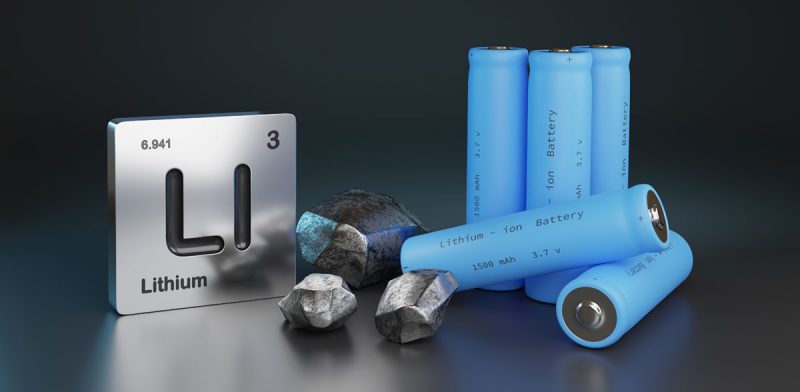
LIB Recycling Faces Policy Pressure Across the Atlantic
The global lithium-ion battery (LIB) recycling industry is expanding rapidly—but policy and tariff shifts are redrawing the map.
In the U.S., recyclers seek clarity amid tariffs, federal funding freezes, and shifting trade rules.
Meanwhile, the EU is pushing hard to meet new Battery Regulation mandates, but lacks refining scale.
IDTechEx’s Li-ion Battery Recycling Market 2025–2045 report shows the U.S. and Asia-Pacific leading in hydrometallurgical recycling.
The EU lags behind, still focused on mechanical processing to generate black mass—a precursor to refined battery-grade metals.
Only Fortum operates a large-scale hydrometallurgical facility in the EU, highlighting the infrastructure gap.
To meet minimum recycled content targets for lithium, nickel, and cobalt by 2031 and 2036, OEMs must boost capacity and battery collection rates now.
In a favorable scenario with 75% collection of scrap and end-of-life EV batteries (excluding LFP chemistries), EU recyclers could meet all targets.
However, lithium content will barely pass threshold—12.2% versus a required 12%.
Missing that margin could force EU players to depend on foreign refiners, undermining Europe’s energy independence goals.
U.S. LIB Recycling Benefits from Tariff Exemptions—For Now
In the U.S., tariff battles and federal funding pauses are creating instability in LIB manufacturing and recycling plans.
The Trump administration froze key IRA and infrastructure law incentives, slowing momentum for EV and BESS markets.
However, many critical minerals remain tariff-exempt, including lithium, cobalt, copper, and natural graphite.
Despite this, LFP cells—mostly produced in China—face increasing tariffs through 2026.
This could make domestically made NMC cells more viable in EV and storage markets if IRA production credits persist.
But U.S. LIB production still trails demand, meaning higher prices may be passed to consumers or slow deployment.
On April 15, 2025, Trump signed an executive order to investigate critical mineral supply chains under Section 232.
While immediate tariffs are not in place, derivative materials could be targeted later, raising costs for imported components.
This may benefit U.S. recyclers who offer competitively priced recycled inputs, especially for domestic cell production.
Ultimately, U.S. recyclers could gain from tariff dynamics—but long-term risks remain.
Lower imports and reduced domestic production could limit end-of-life battery supply down the line, slowing recycling growth by the 2040s.
SuperMetalPrice Commentary:
Global LIB recycling stands at a critical policy crossroads.
In Europe, meeting recycled content targets depends on scaling hydrometallurgical refining fast—and collecting more EV batteries.
In the U.S., recyclers may benefit short term from tariff exemptions and IRA incentives—if funding holds steady.
However, delays in domestic manufacturing and uncertain trade rules could threaten long-term battery availability for recyclers.
Market players must act decisively now to shape the LIB value chain of the next two decades.


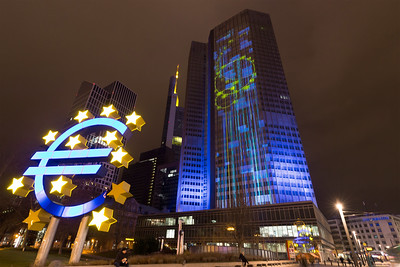

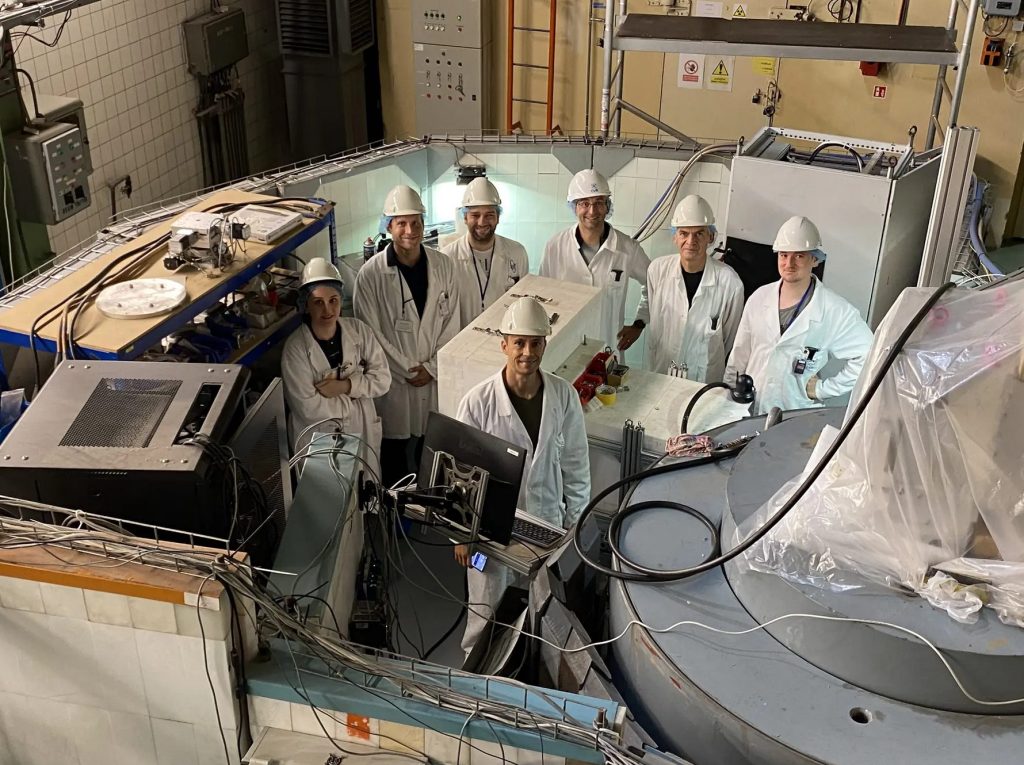
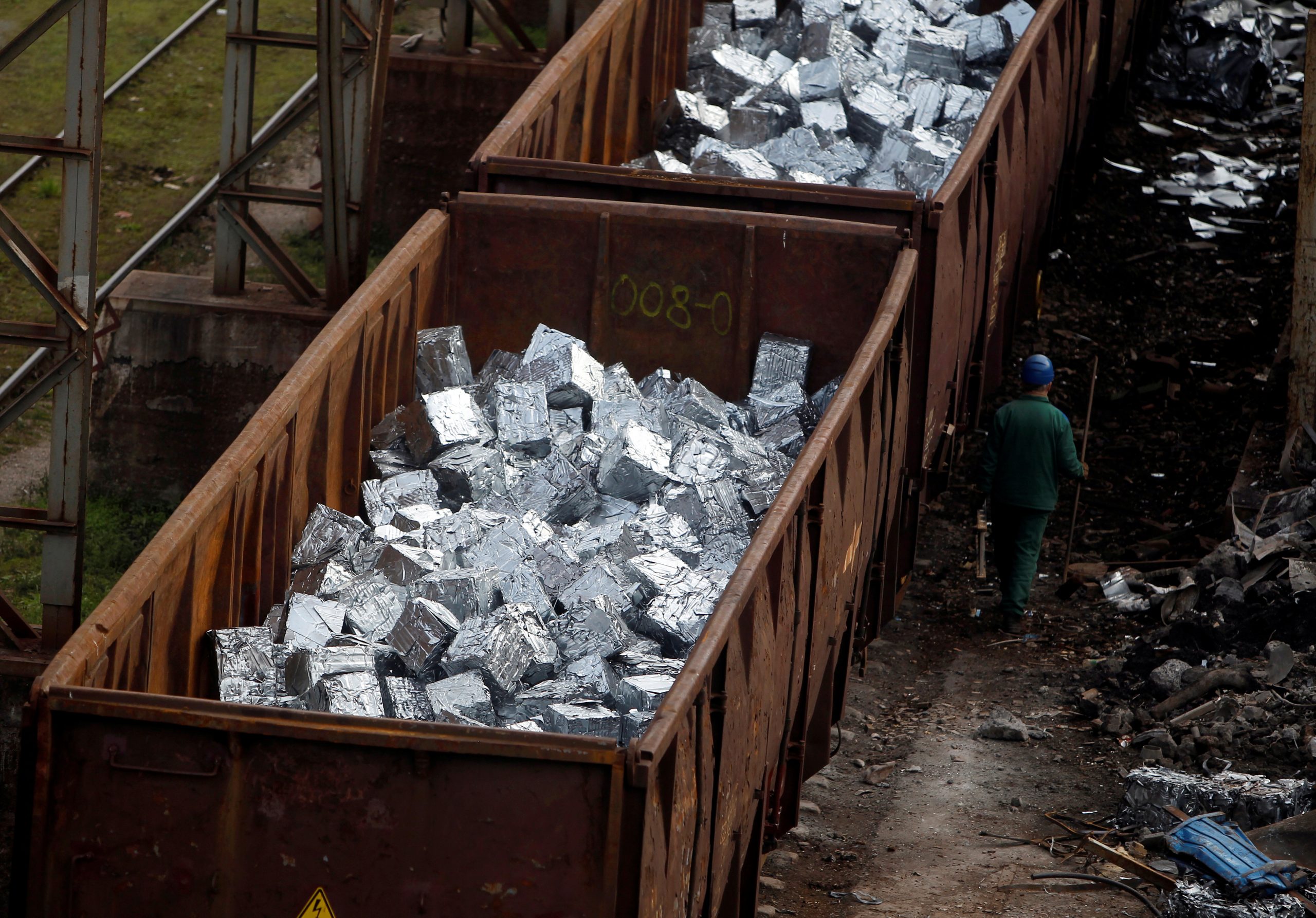


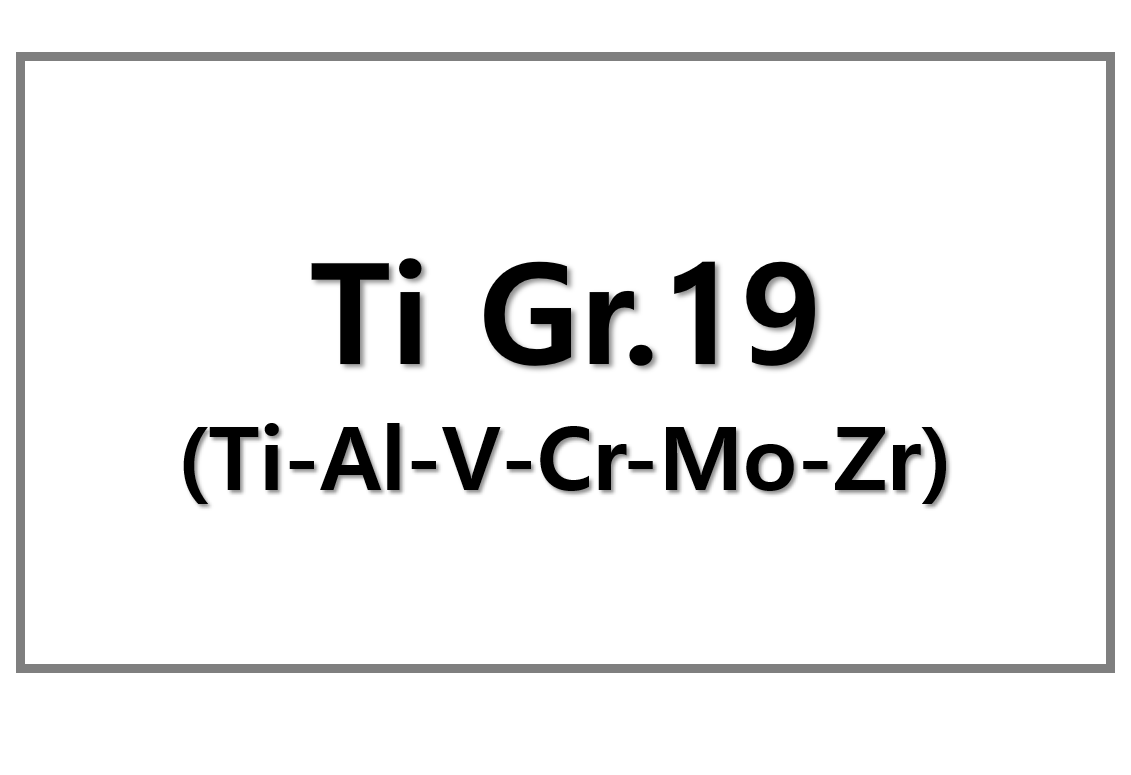
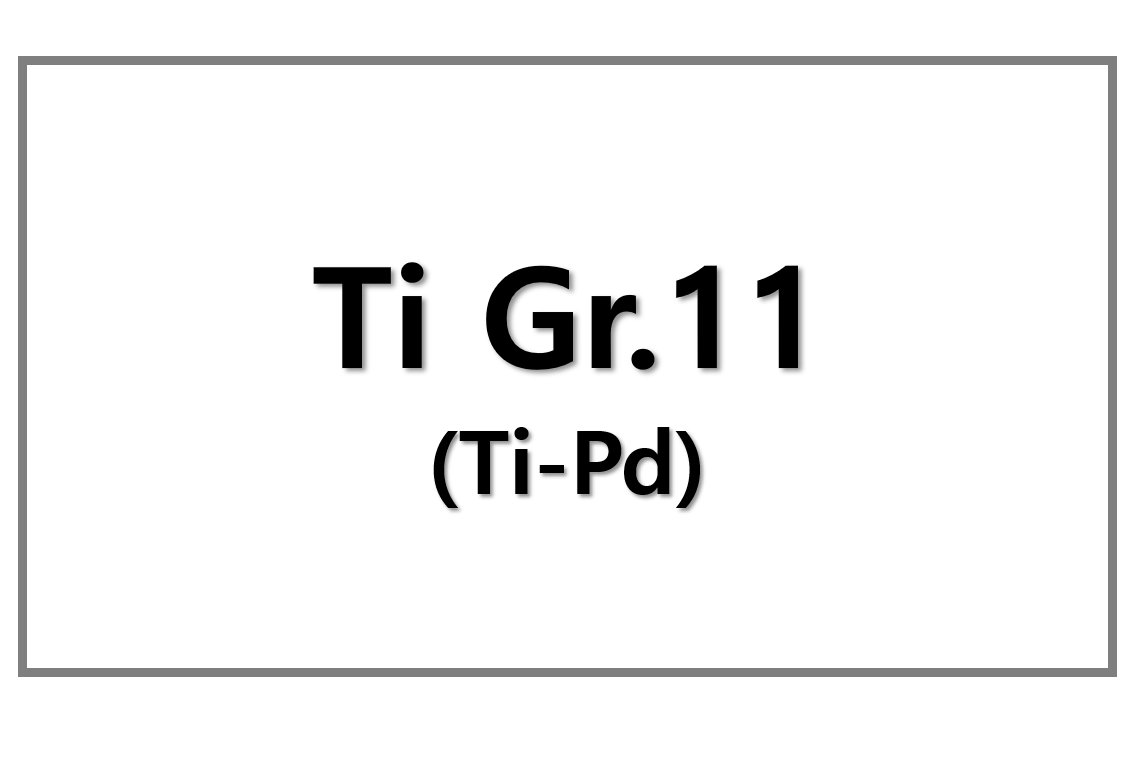
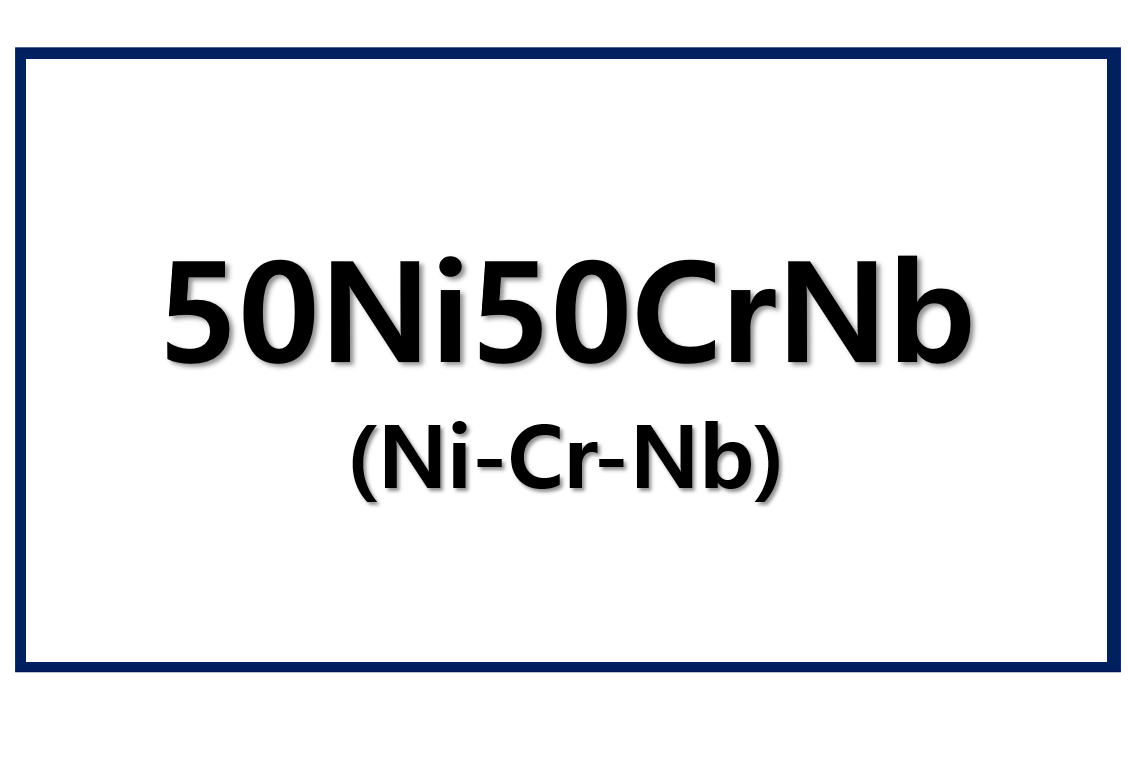
Leave a Reply
You must be logged in to post a comment.